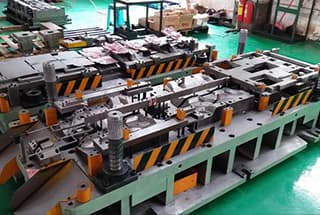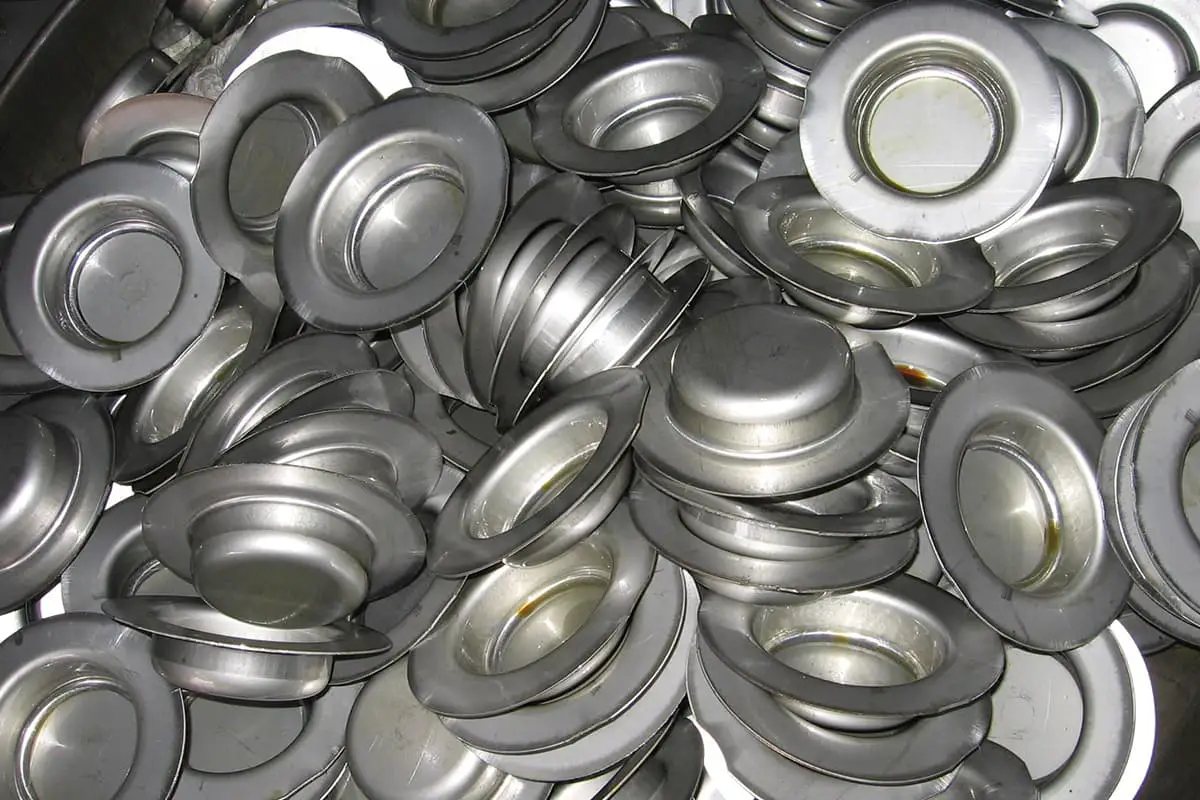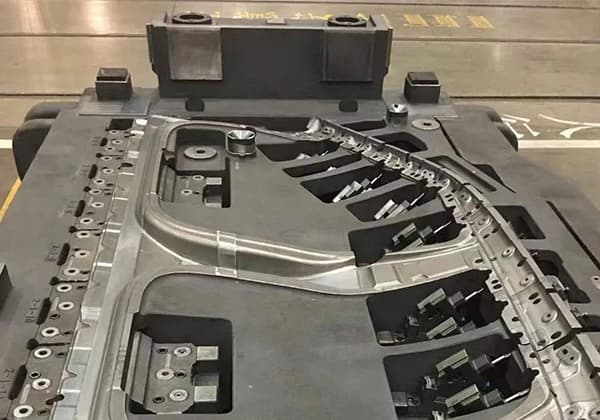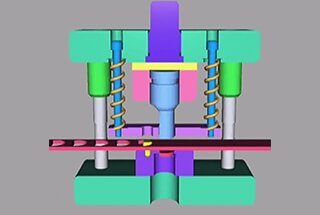
Have you ever wondered what makes one metal sheet more suitable for stamping than another? Understanding the properties and specifications of various stamping materials is crucial for anyone in the metalworking industry. In this article, we will explore different types of materials like stainless steel, cold-rolled sheets, aluminum, and copper, discussing their unique characteristics, strengths, and applications. You’ll learn how these materials influence the quality and efficiency of your stamping projects, ensuring better product outcomes and informed material selection. Dive in to enhance your knowledge and improve your metal stamping processes.

In everyday life, molds are required for mass-produced products. Due to the different characteristics of different products, the materials used for stamping metal products also vary.
As a mold designer, it’s necessary to understand various stamping materials in depth.

Common stamping material codes: SUS301 (spring steel, magnetic), SUS302 (appearance stainless steel), SUS304 (non-magnetic), SUS430 (magnetic, prone to rust)
Physical characteristics:
Density: 7.95
Tensile strength: Above 53kgf/mm2
The surface has a metallic luster and is not prone to rust. It doesn’t require surface treatment and cannot be used as a plating base plate, but can be electrolyzed. It’s generally used in refrigeration, air conditioning, household appliances, and decorative structures.
Material Specifications:
Thickness range: 0.1~10.0mm, above 10.0mm needs to be customized
Width range: Maximum width 5’(1524mm), generally 4’ (1219mm or 1250mm)
Based on the material’s surface appearance, it can be divided into matte, bright, mirror, brushed surface, etc. For special products that need to protect the surface gloss from damage, an additional layer of PVC film is added for protection.
Note: The general tolerance for thickness is +0, -0.08mm. For example, T=2.0mm, actual measurements within the range of 2.0-1.92mm are considered acceptable.
Physical characteristics:
Density: 7.85
Tensile strength: Above 28kgf/mm2
The material surface has a gray luster and is prone to scratches and rust when in contact with air. Anti-rust liquid is generally applied on the material surface to prevent air contact. It’s very suitable as a base material for surface materials, such as galvanized, white zinc.
Material Specifications:
Thickness range: 0.25~3.2mm. Above 3.2mm must be customized in advance.
Width range: Maximum width 5’(1524mm), generally 4’ (1219mm or 1250mm)
Note: The general tolerance for thickness is +0, -0.08mm. For example, T=2.0mm, actual measurements within the range of 2.0-1.92mm are considered acceptable.
Common stamping material codes: A1100P-O (O represents soft material, no hardness), A1050P, A5052H32P, AL6061T6, AL6063T5, etc.
Physical characteristics:
Density: 2.75
Tensile strength: A5052H32P=25kgf/mm2 above, A1100P, A1200P=7 kgf/mm2 above, AL6061T6=27kgf/mm2 above
The material surface has a metallic white luster and is very prone to air corrosion. An additional layer of PVC film is required for protection. Suitable surface treatments include anodizing, conductive oxidation treatment, etc.
Material Specifications:
Thickness range: 0.3~20mm, above 10.0mm must be customized in advance.
Width range: Maximum width 5’(1524mm), generally 4’ (1219mm or 1250mm)
Note: The general tolerance for thickness is +0, -0.08mm. For example, T=2.0mm, actual measurements within the range of 2.0-1.92mm are considered acceptable.
Physical characteristics:
Density: 8.25
Tensile strength: 40~55kgf/mm2 above
The material surface has a metallic white luster with patterns and is not easily oxidized. Once oxidized, it will show white spots. It’s not suitable for surface treatment base plates, and the material itself is not suitable for plating.
Material Specifications:
Thickness: 0.4~3.2mm, above 3.2mm must be customized in advance.
Width: Maximum width 5’(1524mm), generally 4’ (1219mm or 1250mm)
Note: The general tolerance for thickness is +0, -0.08mm. For example, T=2.0mm, actual measurements within the range of 2.0-1.92mm are considered acceptable.
Physical characteristics:
Density: 7.85
Tensile strength: 41~52kgf/mm2 above
The material surface has a black-gray luster, the surface is hard and won’t show scratches, but it’s prone to oxidation and corrosion. Before production, the surface needs to be removed. The material itself cannot be used for plating, but can be used for exterior paint, powder spraying, etc.
Material Specifications:
Thickness: 1.4~6.0mm. Above 6mm must be customized in advance.
Width: Maximum width 5’(1524mm), generally 4’ (1219mm or 1250mm)
Note: The general tolerance for thickness is +0, -0.08mm. For example, T=2.0mm, actual measurements within the range of 2.0-1.92mm are considered acceptable.
Common stamping material codes: C1020P-O (O represents soft material, no hardness), C1020P-1/2H (Vickers hardness HV75~120) 1/4H HV=60~100 H HV=80 above
Physical characteristics:
Density: 8.9
Tensile strength: O material=20kgf/mm2 above, 1/4H material=22~28 kgf/mm2, 1/2H material=25~32kgf/mm2, H material=28 kgf/mm2 above
Copper has excellent conductivity and heat conduction properties, excellent stretching process, and excellent welding and corrosion resistance. It can be drawn, polished, pickled, electroplated, etc.
Material Specifications:
Thickness: 0.3mm above
Width: Generally 2’, i.e., 610mm, above this range must be customized in advance.
Note: The general tolerance for thickness is +0, -0.08mm. For example, T=2.0mm, actual measurements within the range of 2.0-1.92mm are considered acceptable.


